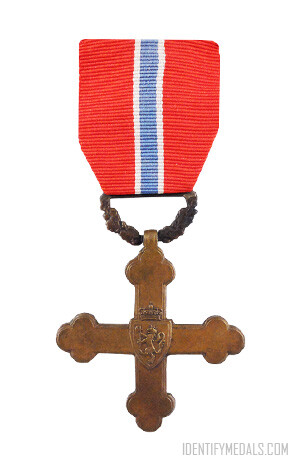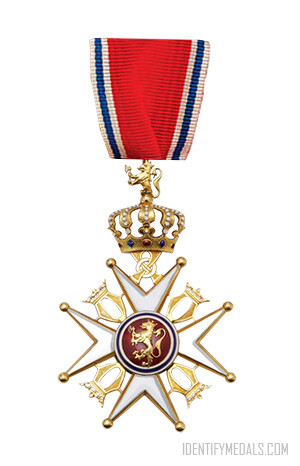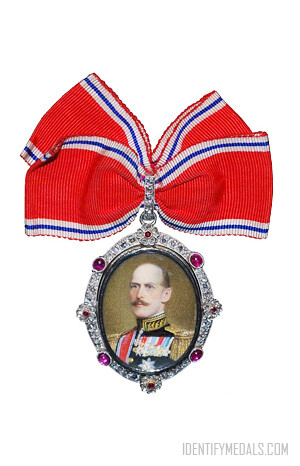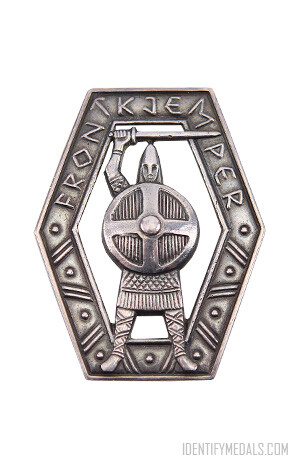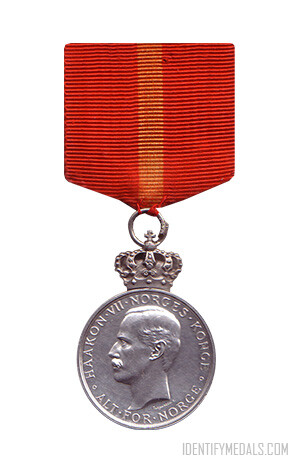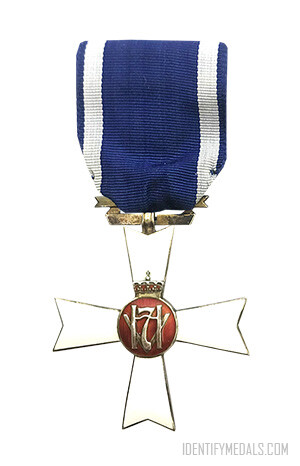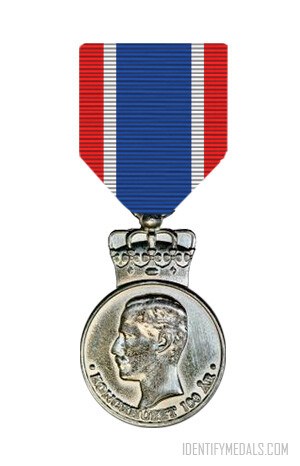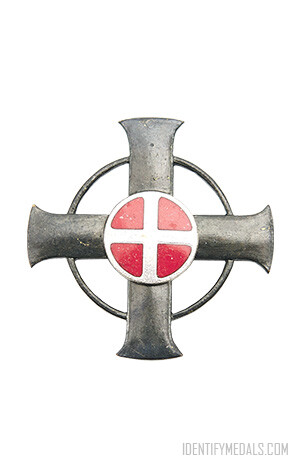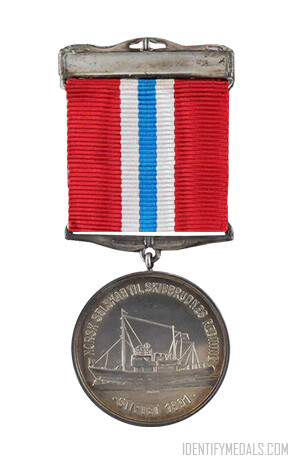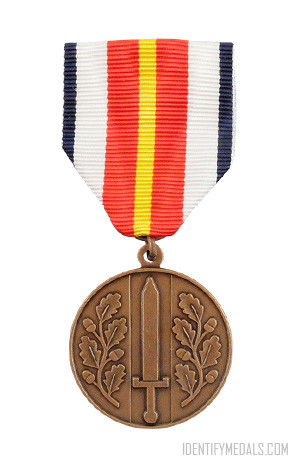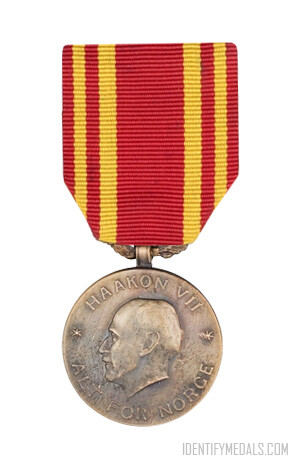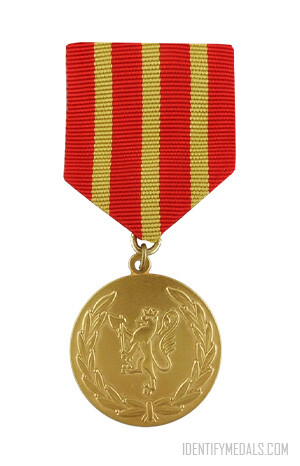- Time Period: World War II
- Institution: 23 May 1941
- Country: Norway
The War Cross (or Bokmål: Krigskorset in Norwegian) stands as Norway’s highest gallantry award, recognizing acts of extraordinary bravery or exceptional leadership during combat. Recipients of this prestigious medal may receive additional swords on the ribbon for further acts of valor, though this is exceedingly rare.
Established on May 23, 1941, by King Haakon VII via royal resolution while he was in exile in London during the German occupation of Norway, the War Cross was initially awarded for both combat and non-combat achievements. Notably, some early recipients included members of the British Royal family and individuals who made significant contributions to Norway’s war effort, with non-combat awards presented without the sword.
On May 18, 1945, the statutes were revised to limit the award to military personnel for combat-related actions exclusively, ensuring all subsequent decorations included the sword. Concurrently, Haakon VII’s Freedom Cross was introduced to honor civilian contributions.
The awarding of the War Cross ceased in 1949 but was revived on June 26, 2009, when the statutes were amended once more to recognize post-1945 actions.
In 2022, the Norwegian Armed Forces commissioned composer Marcus Paus to create a major work celebrating the stories of War Cross recipients. This initiative aims to serve as a significant “identity-building and unifying” project for the Norwegian armed forces, preserving and honoring the legacy of the medal’s recipients.
The War Cross Design
Initially, prior to 1945, the War Cross could be awarded either with or without a sword-shaped clasp on its ribbon. If an individual received the War Cross more than once, a star-shaped clasp was added to the ribbon for each subsequent award.
After 1945, the War Cross was always conferred with a sword-shaped clasp on its ribbon. For additional awards, additional sword-shaped clasps are added to the ribbon.

